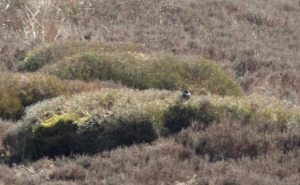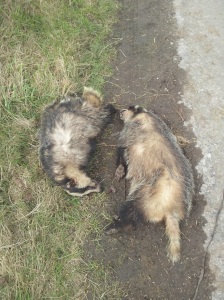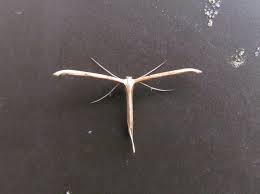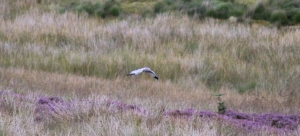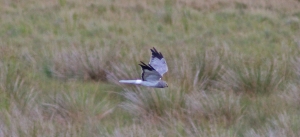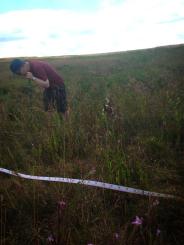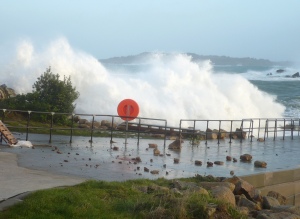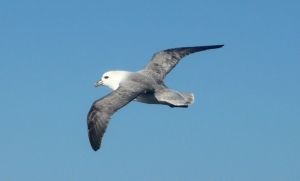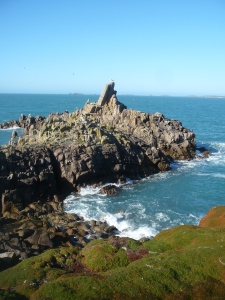Wow, had an amazing response to my last blog on finding two suspiciously dead badgers on a trip out. It also confirmed to me what an amazingly small world conservation is, I had a brief chat on twitter with one of the country’s premier badger campaigners who I found out later to be the step-mother of one of my dearest friends.
I’ve been back in paid employment this month for the first time since early September and it feels fantastic, again re-enforcing my belief that 5 years of hard graft volunteering was worth it in the end! I briefly mentioned what I do in my post ‘The Year it all Happened (part 2)’ but I’ll go into a tad more detail now.
I’m currently working for the RSPB and my job is surveying Ring Ouzels and their habitat in two neighbouring Peak District valleys, one valley, Crowden, where the breeding population has remained stable, and the other, Dove Stone, where the population has crashed in the last 25 years. The first thing to do once I got all my kit was to start surveying the habitat, arguably the most important element of my job. This is to see if there are any differences in vegetation and vegetation density between the two valleys.

I have two different elements to survey, habitat structure and habitat composition. Composition involves looking at what plants are living at a set point, and structure involves looking at the height and density of the vegetation in the same set point. All my survey points are on 500 metre intervals placed in and around the respective valleys. Each survey point has 16 individual plots within it to survey so it’s pretty comprehensive.

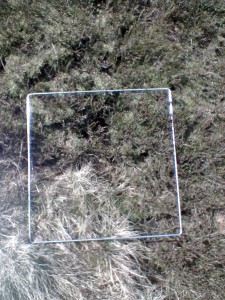
It’s probably easier to demonstrate with pictures. So picture 1 demonstrates an individual plot. The metal square is called a quadrat and this particular quadrat is half a metre square in size. In picture 1 the vegetation in 100% bilberry. In picture 2 I’m checking the structure of the same plot, I have to count the white stripes on the pole, there are 9 in total, the less stripes I can see the more dense the vegetation is. In this case I saw 7 stripes out of 9 which means it is relatively dense. Picture 3 shows a more typical plot which is more varied in composition, it looks something like 25% sedge, 50% bilberry and the rest a mix of grass and moss (sorry the photo quality on the work’s phone is terrible!).
It’s pretty tough work to be honest, there’s a lot of hill walking and a lot of kit to carry. I’ve been blessed with good weather so far and I’ve been able to leave some of my waterproofs in the car to save on weight (rather foolishly some may argue!). The first week in particular reminded me how much fitness I lost over the winter, my legs ceasing to work by the end of it but I’m over the ring rust stage and am enjoying the walking.
I’ve now completed the first round (of four) of vegetation surveying and now I’m onto the good bit, the surveying for the Ring Ouzels themselves. More of which another time, but I’ll leave with a pic of the first Ouzel I saw this year (you’ll have to believe me, it is there I promise!).
